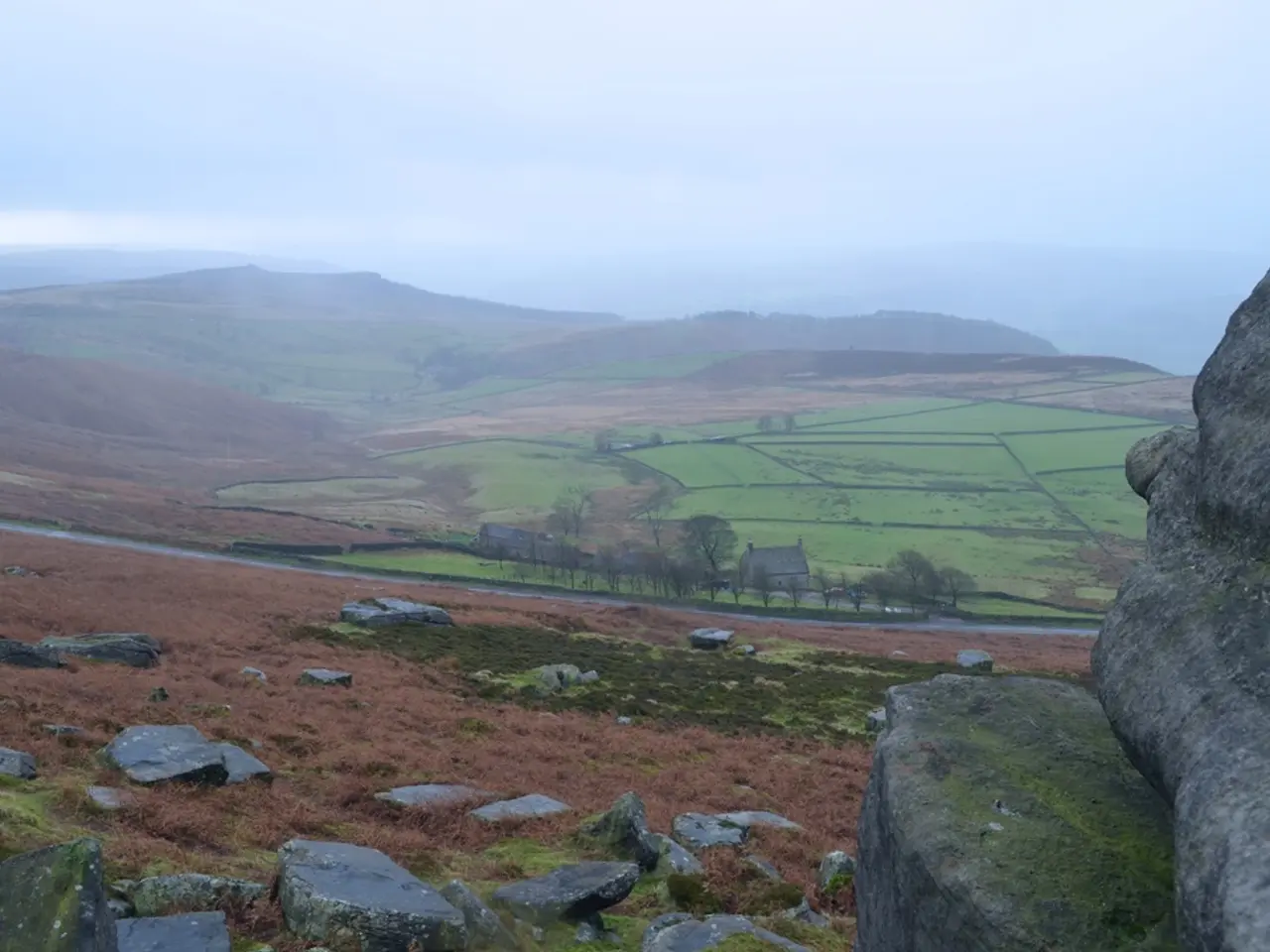Early melt of Amarnath Ice Lingam prompts calls for shorter Yatra duration and restriction of pilgrim numbers, according to experts.
In the heart of the Himalayas, a sacred site known as the Amarnath Shrine is under threat. Over 100 Himalayan glaciers are melting due to human activity, leading to the extinction of unique plants like Pleurospermum. The primary factors causing the Amarnath Ice Lingam to melt earlier are climate change-driven rising temperatures and unsustainable tourism practices.
Severe heatwaves in Kashmir have accelerated the ice lingam’s melting, sometimes before the pilgrimage even begins. Human factors such as waste accumulation, diesel generators, vehicular traffic, and conversion of trekking paths into roads contribute to local thermal disturbances and ecological degradation around the fragile Himalayan site.
To protect the Himalayan ecosystem and preserve the unique natural and spiritual heritage of the Amarnath shrine, experts have recommended several measures. These include reducing the duration and number of pilgrims, enforcing environmental laws, banning plastic use, avoiding motorable roads, controlling helicopter operations, and promoting awareness among pilgrims about ecological sensitivity.
Dr. Emily Greenfield, a highly accomplished environmentalist with over 30 years of experience, has dedicated her career to raising awareness about environmental issues and promoting sustainable practices. She emphasizes the need for limiting the number of pilgrims, reducing the length of the yatra, banning plastics, reducing the frequency of langars, gradually replacing generators and LPG, and implementing pilgrim orientation programs.
The yatra, unfortunately, also jeopardizes agriculture and water supplies by causing soil erosion, glacier retreat, and biodiversity loss in the Himalayas. The Amarnath ice lingam's accelerated melting is due to increased pilgrimage, plastic waste, infrastructural growth, rising temperatures, and decreased snowfall (down 60-70%). By 2025, the Amarnath ice lingam had all but disappeared by July 3, which was previously lasting until August.
Balancing religious devotion with ecological conservation is crucial for preserving this sacred site. By adopting sustainable practices, we can ensure that the Amarnath Shrine and the Himalayan environment continue to thrive for generations to come.
- Dr. Emily Greenfield, with her extensive experience in environmental science, advocates for the implementation of green courses to educate pilgrims about the importance of ecological sensitivity.
- panelist A, a speaker at the green General News event, highlighted the need for Environmental-Science-based ESG reporting to shed light on the impacts of climate-change on sacred sites like the Amarnath Shrine.
- To promote sustainability in sports events, organizers can adopt environmentally-friendly practices, such as minimizing waste, using renewable energy sources, and implementing recycling programs.
- The increased focus on environmental issues in society has led to an influx of attendance in environmental-science courses, with many students seeking to become agents of change in the face of climate-change.
- In addition to religious events, environmental-science plays a significant role in sports events, as the science of climate-change affects the availability and quality of playing fields, necessitating sustainable practices for their maintenance.
- The Amarnath ice lingam's melting has been linked to climate-change and unsustainable tourism practices, prompting environmentalists to consider implementing events focused on climate-change awareness and action to preserve sacred sites like the Amarnath Shrine.








